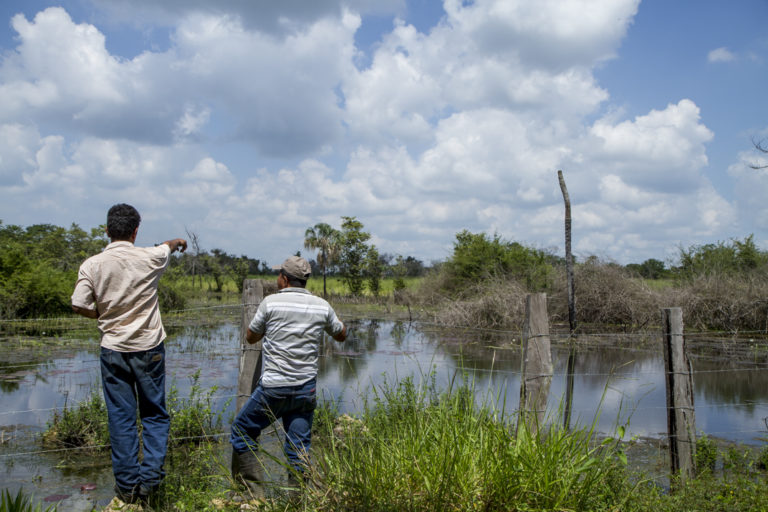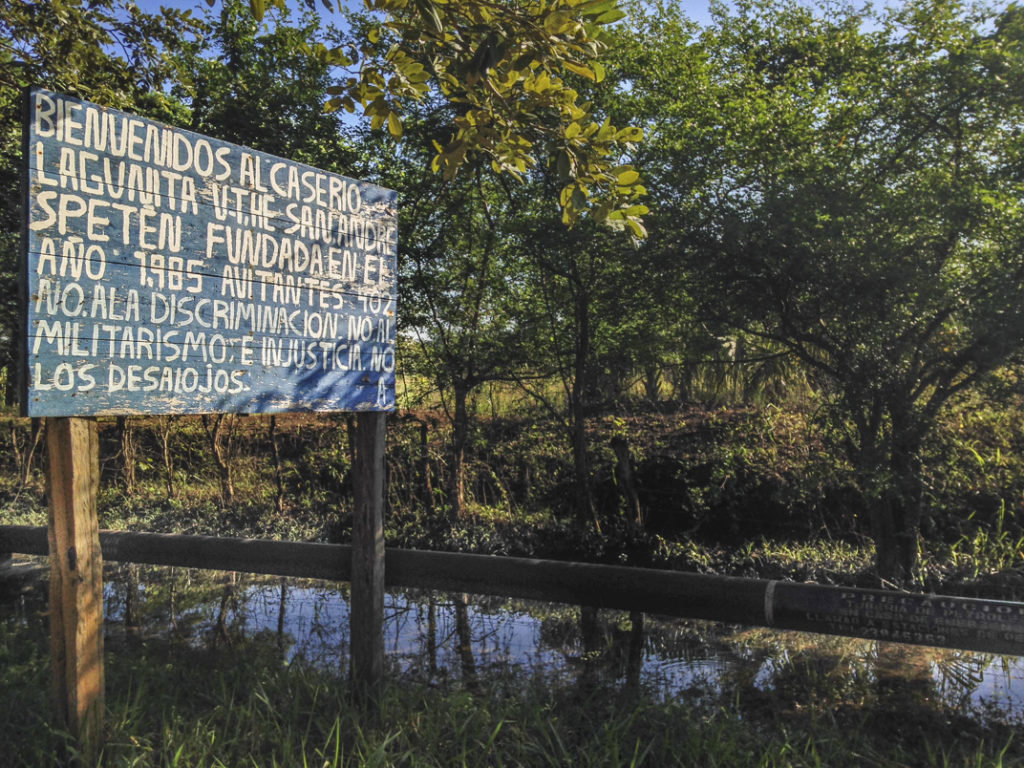Behind financial institutions' and NGOs' plans to “combat” the climate crisis, a project aims to generate profits through the indiscriminate sale of forests. This is the case of the Protected Areas of Guatemala. This model is being used to green capitalism, through local territorial reorganization policies that were implemented after the peace accords were signed in 1996.
In the department of Petén, in the north of this Central American country, the emergence of Protected Areas (PAs) was inspired by the traditional conservation models that the United States invented to colonize the “wild west”—areas where human presence or intervention is not allowed. This model, propagated by conservation organizations, set the “environmental” standard in tropical countries after the Second World War. It is responsible for expelling millions of peasants and indigenous people from their lands worldwide, for destroying ancestral systems of common goods management, for impoverishing and uprooting communities, and for imposing colonialist methods of territorial management.

Nearly 70% of the department of Petén has been declared as a Protected Area through the Maya Biosphere Reserve (RBM, by its Spanish acronym). This territory houses invaluable cultural wealth and biodiversity, including the most important archeological sites of Mayan culture, as well as Guatemala's largest reserves of oil, water, forests and fertile lands.
These resources place Petén at the center of “sustainable development” plans—which are based on the exportation of commodities alongside conservation projects. These plans were developed in the 21st century and stem from what appear to be contradictory ventures: The Mesoamerica Plan for infrastructure and economic-energy integration through extractive projects; and its green version, the Protected Areas of the Mesoamerican Biological Corridor. Both of these land management models are financed by the World Bank (WB) and the Inter-American Development Bank (IDB).
Protected Areas in Guatemala are managed through an alliance between weak state institutions and NGOs maintained by global financial institutions—such as the United States Agency for International Development (USAID), the Ford Foundation and the German Society for International Cooperation (GIZ). These financial institutions—working with The Nature Conservancy, World Wide Fund, Conservation International, Wildlife Conservation Society and Rainforest Alliance, among other NGOs—advertise “sustainable forest management” projects as conservation success stories. These projects are made possible through mechanisms that seek to shape national regulatory frameworks to include a new commodity for export: carbon credits.

In this way, they seek to consolidate the territories of Petén—which will allow them to manage ecosystems with strategic value for transnational capital, while providing “ecosystem services” alongside hydrocarbon extraction, mega-tourism ventures and the expansion of agribusiness plantations. It is the same story of dispossession. Their objective is to preserve a kind of museum of what is being destroyed in the world, while developing an economic project to generate money for themselves in the Protected Areas. The latter entails extracting profits from counter-insurgency ecotourism; export-driven logging; and, above all—the flagship program of the green economy—Reducing Emissions from Deforestation and Forest Degradation (REDD+).
This approach to territoriality, in an increasingly militarized context, intends to continue the forced displacement of populations that have been living in Petén for decades. It blames them for deforestation, and accuses them of working in collusion with criminal groups. This is manufactured discourse to justify stripping communities of their territories, in the name of conservation.



Muchas gracias por el gran artículo. Saludos